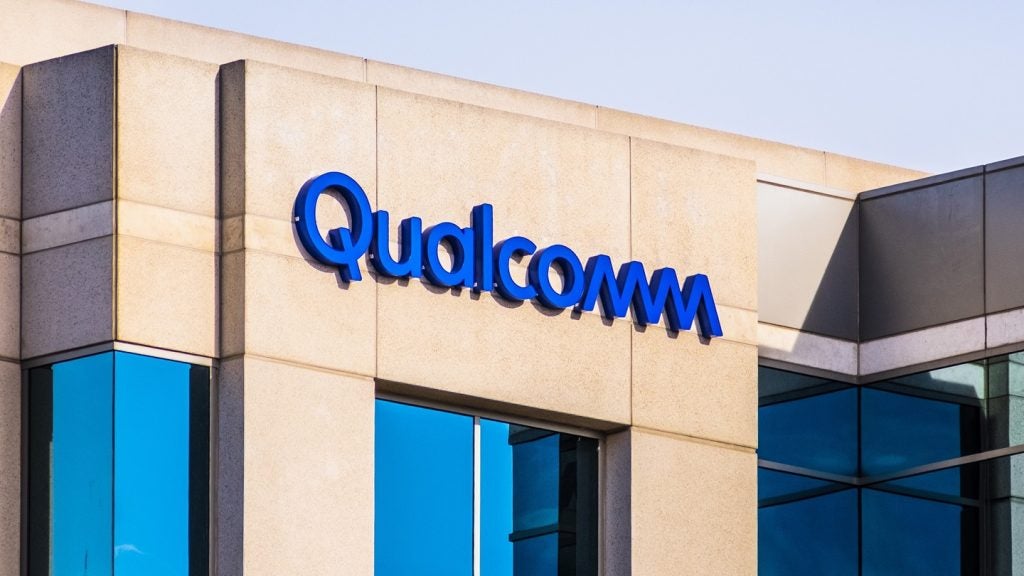At the pre-MWC 2025 event in London, Ericsson opened the session by discussing the foundational aspects of digitisation: mobile, cloud, and AI.
The mobile component is supported by mobile telephony, mobile broadband, and advanced connectivity. These three is where Ericsson sees 5G scaling and expanding to new sectors, as returns on investments remain an issue.
The primary focus is on scaling existing use cases within traditional mobile networks, such as mobile broadband access via phones, laptops, and Fixed Wireless Access (FWA). This also includes new use cases such as AI applications, Augmented Reality/Virtual Reality (AR/VR) apps, connected vehicles, and various IoT use cases.
Expanding new networks to new customers comes next – differentiated connectivity. This includes the growth of Virtual Private Enterprise Networks, Wireless WAN, and Enterprise Private Networks for offices and distributed enterprises, with a particular emphasis on verticals such as healthcare, manufacturing, and logistics. Ericsson also sees Mission Critical Networks being used in sectors such as oil and gas, public safety, and defense, with satellite technology seen as a complement to 5G.
Ericsson shared some impressive numbers to illustrate these use cases. Virtual private network deployments in China almost quadrupled from 14,000 in 2022 to 55,000 in 2024. Additionally, private network customer references outside China increased from 1,100 in 2022 to 1,500 by the third quarter of 2024. During the same period, the global FWA market gained more than 50 million subscriptions and is expected to grow from 159 million in 2024 to more than 350 million by 2030.
Ericsson forecasts expansion
Ericsson forecasts that the global addressable market for mission-critical networks will expand from $1.2bn in 2024 to nearly $5bn by 2029. Overall, Ericsson sees global mobile 5G subscriptions expanding to more than 6.3 billion by 2030, indicating a promising outlook. This is in line with GlobalData’s expectations.

US Tariffs are shifting - will you react or anticipate?
Don’t let policy changes catch you off guard. Stay proactive with real-time data and expert analysis.
By GlobalDataA similar narrative was presented regarding enabling devices. In the consumer sector, 5G devices are now well-established, but there is significant potential for growth in the Enterprise and IoT segments. On the consumer side, 5G is expected to reach more low-end smartphones and expand into cars and wearables with the introduction of reduced capability (RedCap) technology, designed for applications that don’t need the full performance of standard 5G. The shipment of 5G-enabled cars is anticipated to increase dramatically, rising from four million in 2024 to 46 million by 2028, according to Ericsson.
eSIM technology to simplify 5G adoption
On the enterprise front, eSIM technology (embedded SIM technology that allows users to activate a mobile plan without a physical SIM card) is expected to simplify 5G adoption through remote management, complementing the growth of FWA, laptops, and routers. Furthermore, Ericsson expects 5G IoT shipments to soar from 19 million in 2024 to 153 million by 2028, driven by new and disruptive use cases like broadcasting, as well as the availability of more affordable modules and routers with RedCap.
As the mobile industry moves past the phases of expanding voice and data services, Ericsson observes a growing momentum for enhancing and diversifying 5G connectivity. This includes scaling new use cases, penetrating new sectors, adapting to dynamic business models, and delivering new capabilities that go beyond mere connectivity. Nonetheless, Ericsson indicated that unlocking these opportunities requires differentiated, programmable networks.









